Greg Joswiak's playful post on X might have seemed innocuous to casual observers, but for Apple watchers, it was like receiving a treasure map. Those five carefully placed M's in "Mmmmm" were not random, they teased what we now know is the M5 chip, Apple's latest silicon masterpiece officially arriving across three flagship products. A wink, not a shout.
The path from cryptic teaser to official launch shows Apple's knack for ratcheting up anticipation without saying much. What started as industry speculation about next-generation silicon being imminent has landed as a broad hardware refresh that signals Apple is still dead set on reshaping personal computing.
The M5 chip arrives with substantial performance gains
Here is the headline: Apple has rolled out the M5 chip across the iPad Pro lineup, MacBook Pro 14-inch, and Apple Vision Pro. Real improvements across AI, CPU, and GPU, while keeping the energy efficiency Apple Silicon is known for. Faster, cooler, quieter.
Under the hood, the step up is meaningful. Built using an advanced third-generation 3nm process, the M5 brings a 10-core GPU architecture. Apple's marketing has oversold in past generations, sure, but this time the gains feel tangible and visible in day-to-day work.
The star of the show is AI. The M5 includes dedicated "Neural Accelerators" in each GPU core, so AI tasks that used to bog down your system can hum along in the background. Think instant photo edit suggestions or on-device translation that pops up without sending data to Apple servers. That is where Apple Intelligence becomes more responsive and secure, because it happens locally.
Breaking down the technical specifications
Let’s talk specifics. The M5 incorporates a 10-core CPU configuration with six efficiency cores and up to four performance cores. One wrinkle, storage affects core count on iPad Pro. The 256GB and 512GB models use a 9-core CPU with three performance cores, a cost and thermals play that keeps entry pricing in check.
Memory bandwidth also gets a bump. We’re seeing 153GB/s, up from the M4’s starting 120GB/s. In practice, that means faster movement of large files and fewer stutters when you scrub 4K timelines or stack high-res layers. Less waiting, more doing.
CPU gains are steady. Apple claims up to 15 percent faster multithreaded performance compared to the M4. The bigger leap shows up on the graphics side, up to 30 percent faster overall with a 45 percent uplift in ray tracing applications.
PRO TIP: If you live in Final Cut Pro, Blender, or Octane Render, that ray tracing jump changes daily workflows. Hardware-accelerated ray tracing means more realistic light and reflections without the usual grind. It puts serious rendering into a backpack.
Vision Pro gets a major upgrade with live sports integration
The Vision Pro version of the M5 underlines why spatial computing is the next big canvas. The new Vision Pro can render 10 percent more pixels and supports up to 120Hz refresh rates, up from the previous 100Hz maximum. That extra headroom cuts motion blur and eases the vestibular mismatch that can make people queasy. Small number, big comfort.
Battery life is still the tightrope for headsets, but there is progress. Users can now expect up to 2.5 hours of general use or 3 hours of video playback. The 16-core Neural Engine delivers AI functions up to 50 percent faster, which improves hand tracking, spatial audio, and environment mapping so interactions feel less like a demo and more like reality.
Now for the fun part, live sports in immersive formats. Basketball enthusiasts will experience NBA games in an entirely new way through Apple Immersive, with live Los Angeles Lakers matchups captured using Blackmagic Design's URSA Cine Immersive Live camera. Not a flat feed on a floating screen, but 180-degree footage that puts you courtside with sneakers squeaking to your left and a fast break exploding to your right.
The NBA app integration shows real maturity. Fans can watch up to five live games simultaneously in 2D with real-time player stats, then drop into a 3D tabletop court for select matchups. Picture a miniature court hovering in front of you, player movement and plays unfolding while the main broadcast looms like a theater screen. This is why Apple poured resources into spatial computing, not just prettier displays but a new way to watch.
Where Apple's silicon journey goes next
The M5 is more than a speed bump, it signals Apple's continued commitment to revolutionizing personal computing through custom silicon. The coordinated rollout across three product lines proves the architecture scales, from tablet to laptop to headset, without losing its edge.
Looking ahead, we can expect more powerful variants like the M5 Pro, M5 Max, and M5 Ultra to arrive within 12 to 18 months. The timing lines up with Apple Intelligence and those immersive sports pushes, a one-two that sets the stage for pro workflows on MacBook Pro, Mac Studio, and Mac Pro, and for new app ideas that do not fit old boxes.
The enhanced Neural Engine capabilities position the M5 as a cornerstone of Apple's AI strategy. Expect more on-device translation, smarter photo edits, and interfaces that adapt in the moment. As developers target the accelerators, the best tools will feel anticipatory rather than reactive.
Competition will not sit still. This launch intensifies pressure on competitors like Intel, AMD, and Qualcomm to match Apple's performance-per-watt achievements and to deliver comparable AI horsepower. Intel's Meteor Lake, AMD's Ryzen AI, and Qualcomm's Snapdragon X Elite are all part of that response. The M5 raises the bar just as everyone else pivots to similar architectures.
Bottom line, the M5 is not only about bigger numbers. It enables experiences that were out of reach. Courtside NBA in your living room. AI-powered creative tools that run locally, no connection required. A 14-inch MacBook Pro that can cut pro video without breaking a sweat. And with a synchronized launch across iPad Pro, MacBook Pro, and Vision Pro, Apple is clearly aiming the M5 family at use cases we have not fully imagined yet.




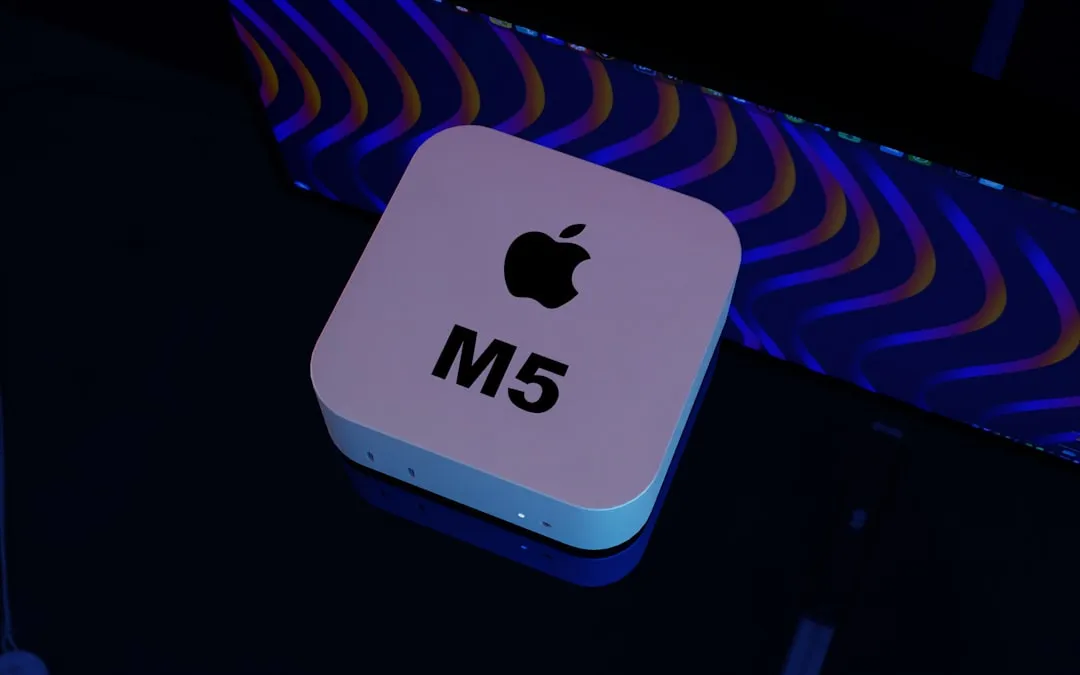
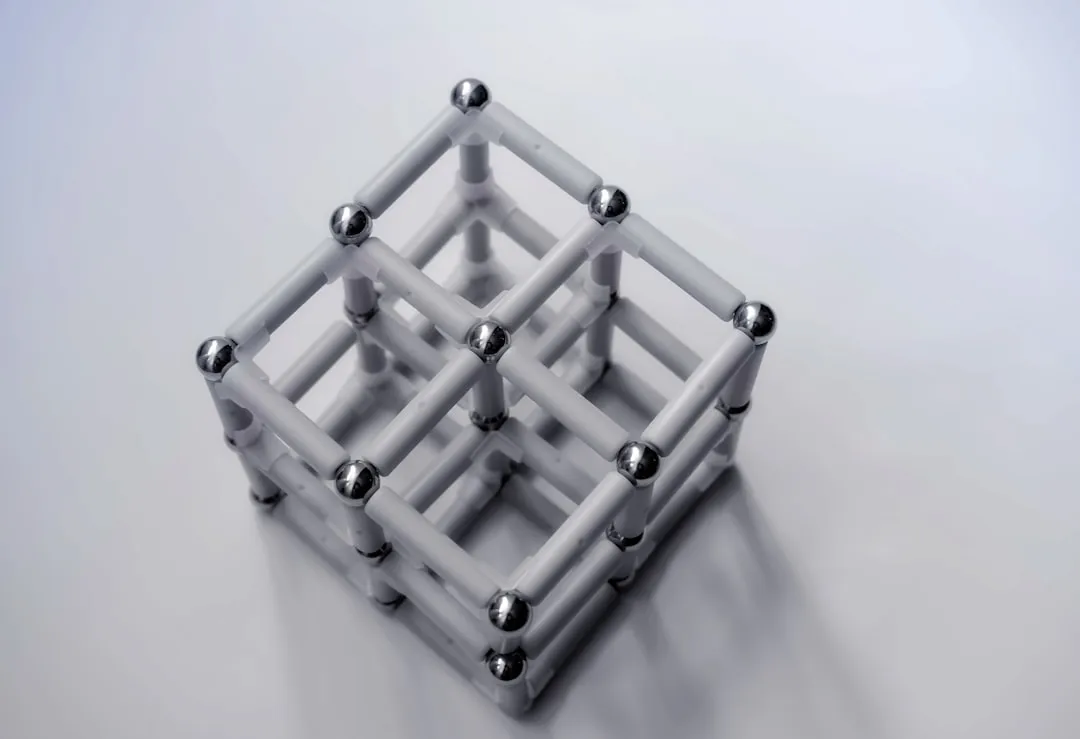
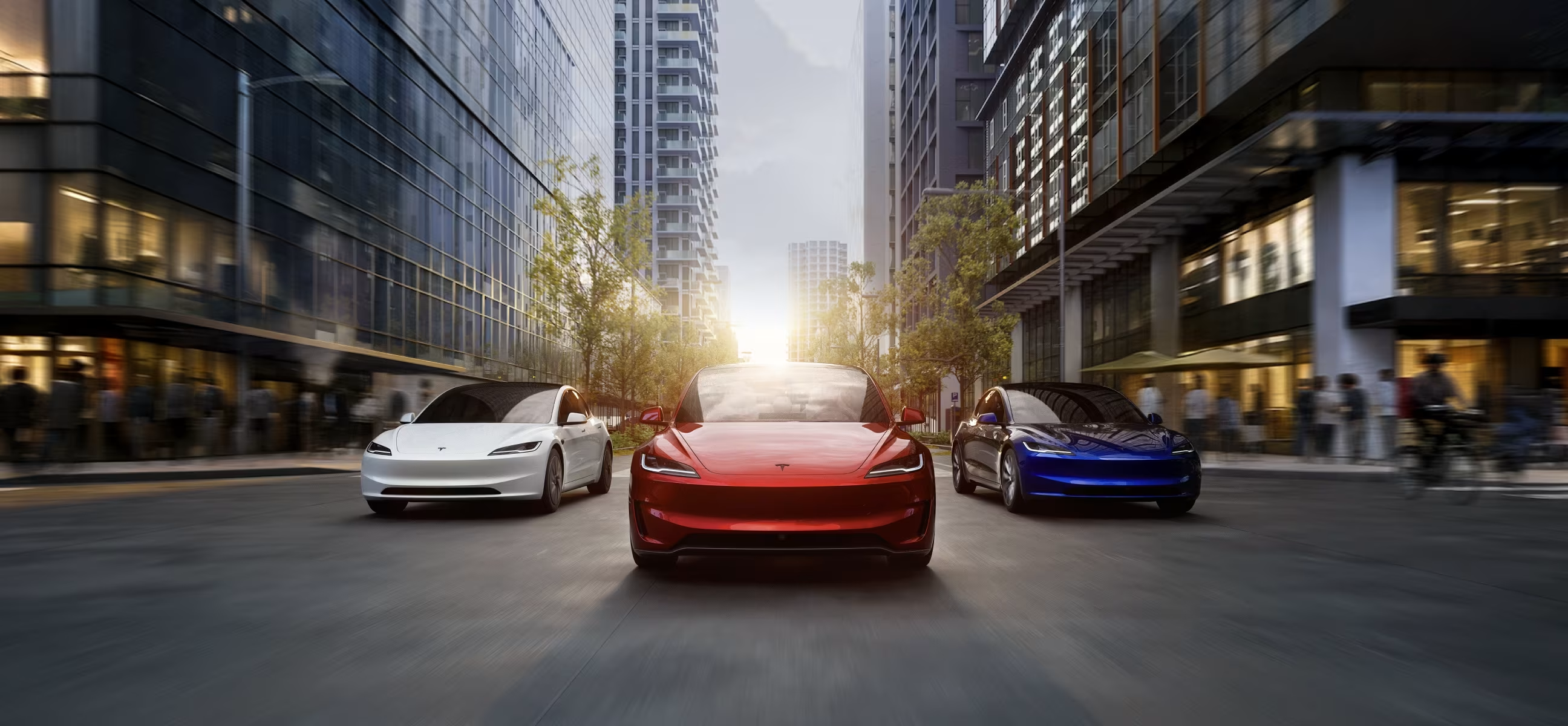
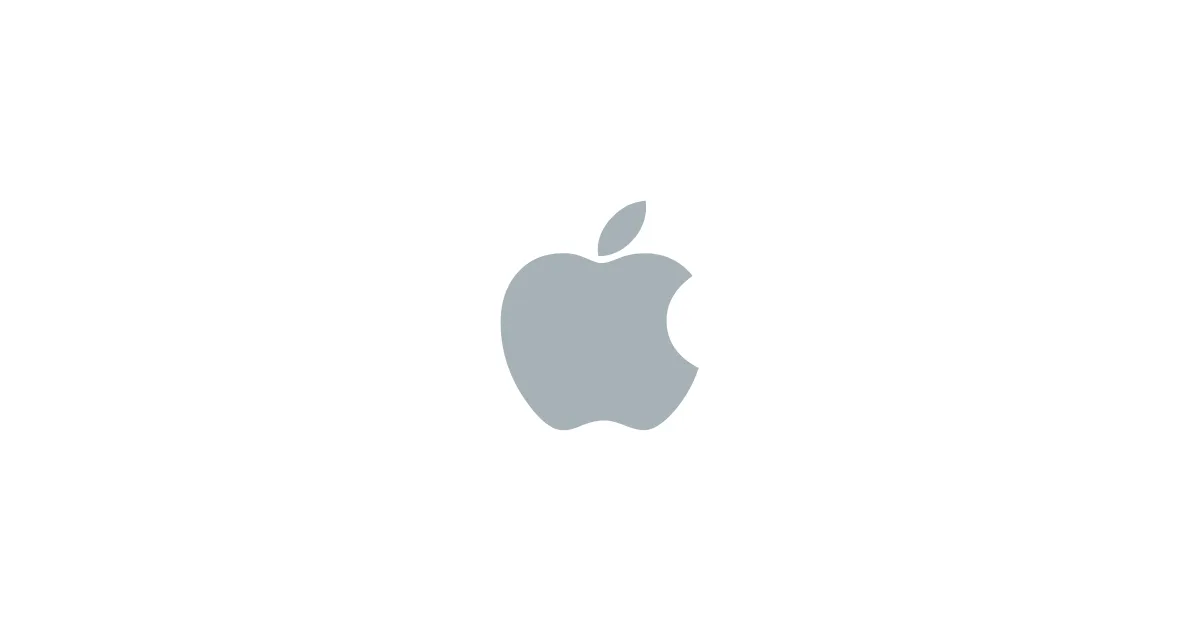
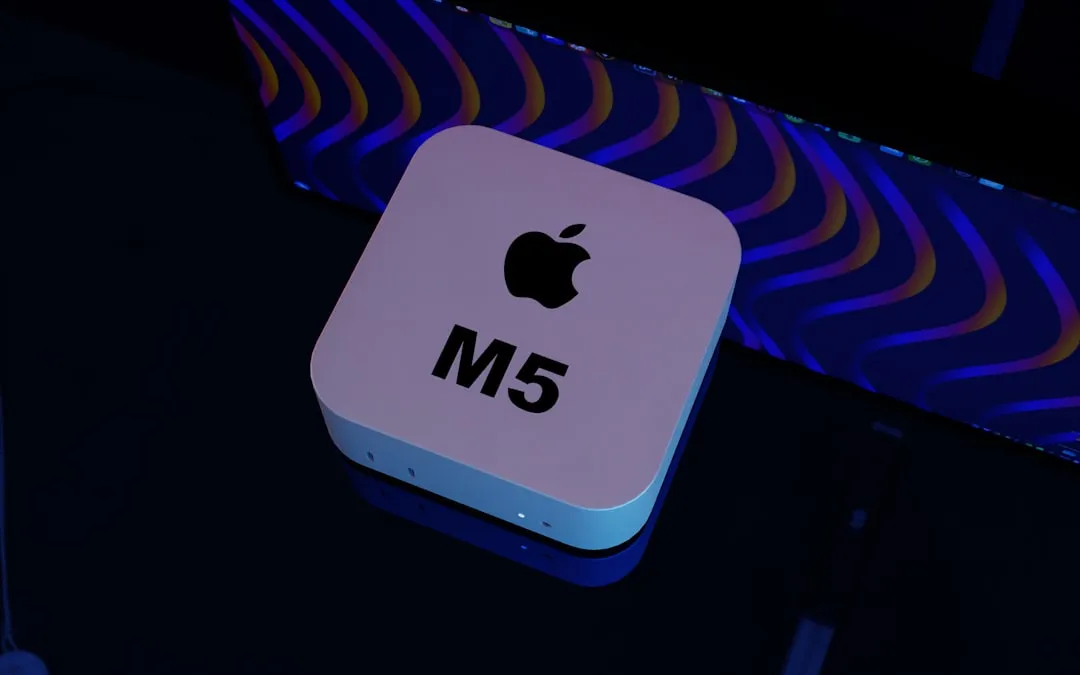
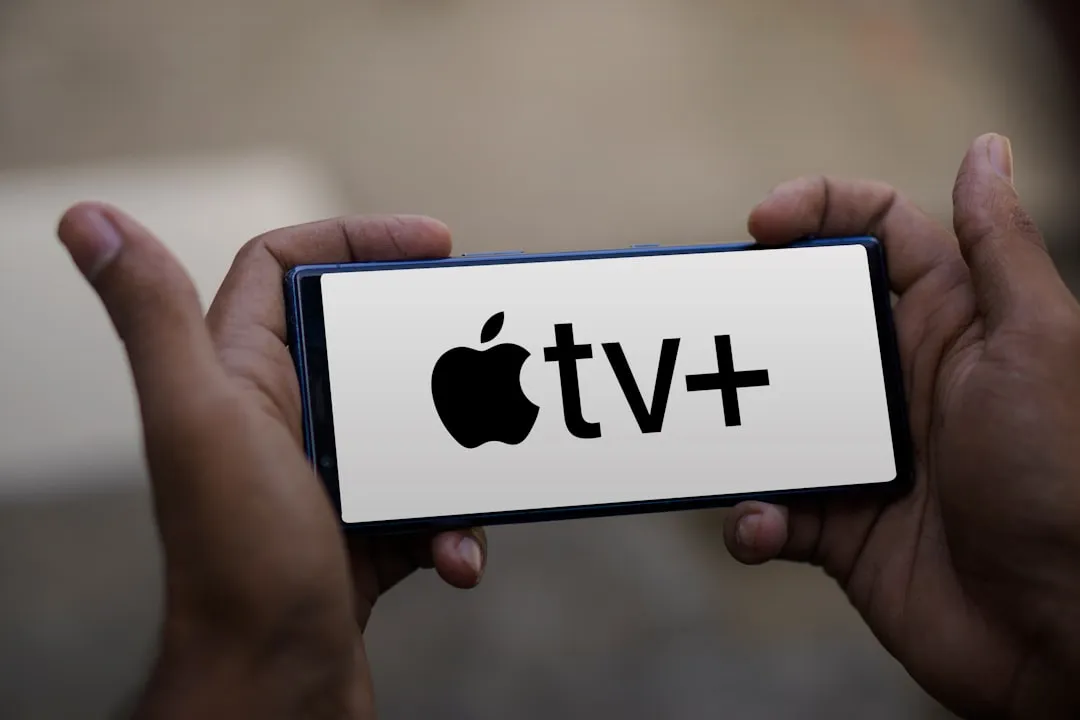
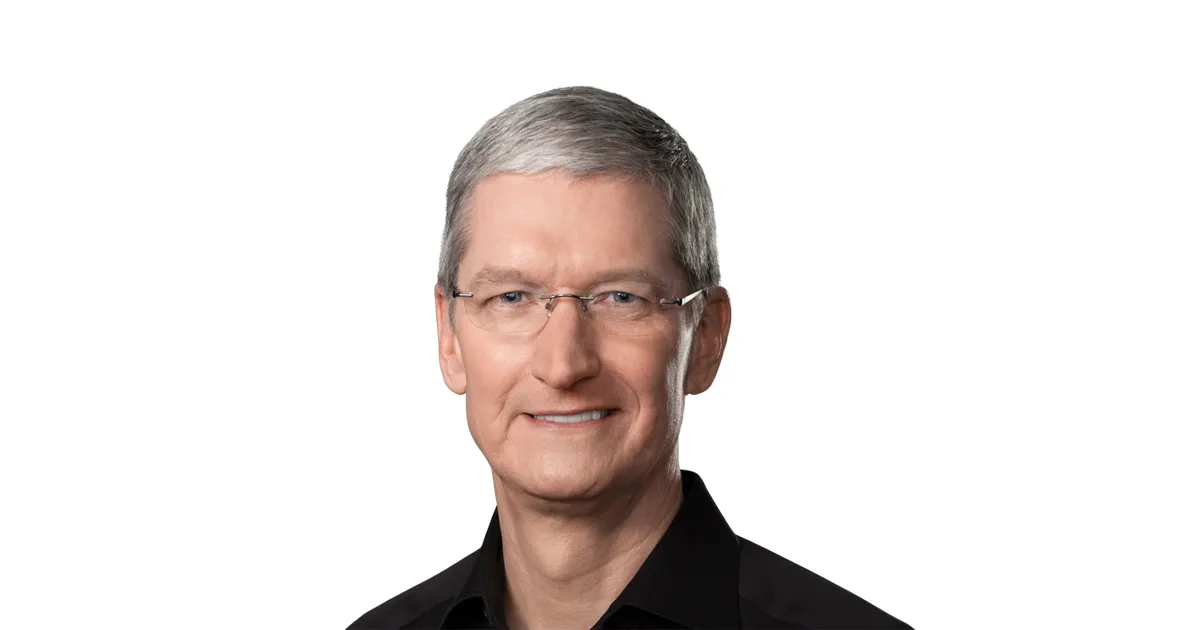
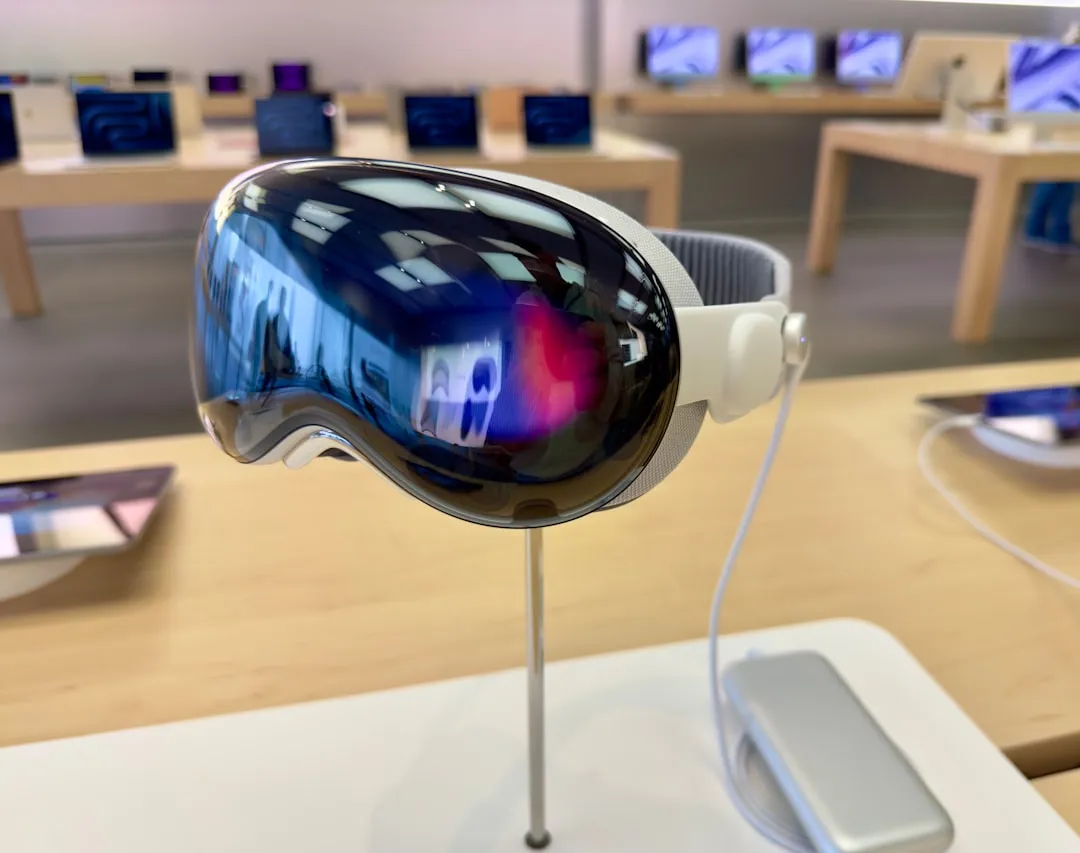
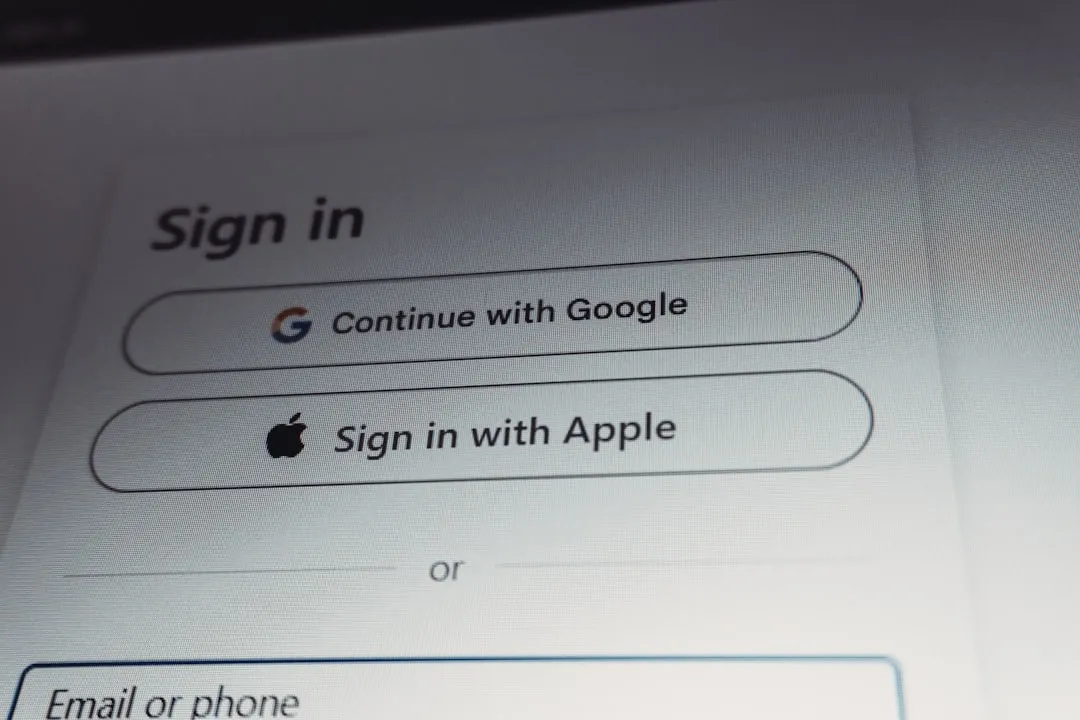
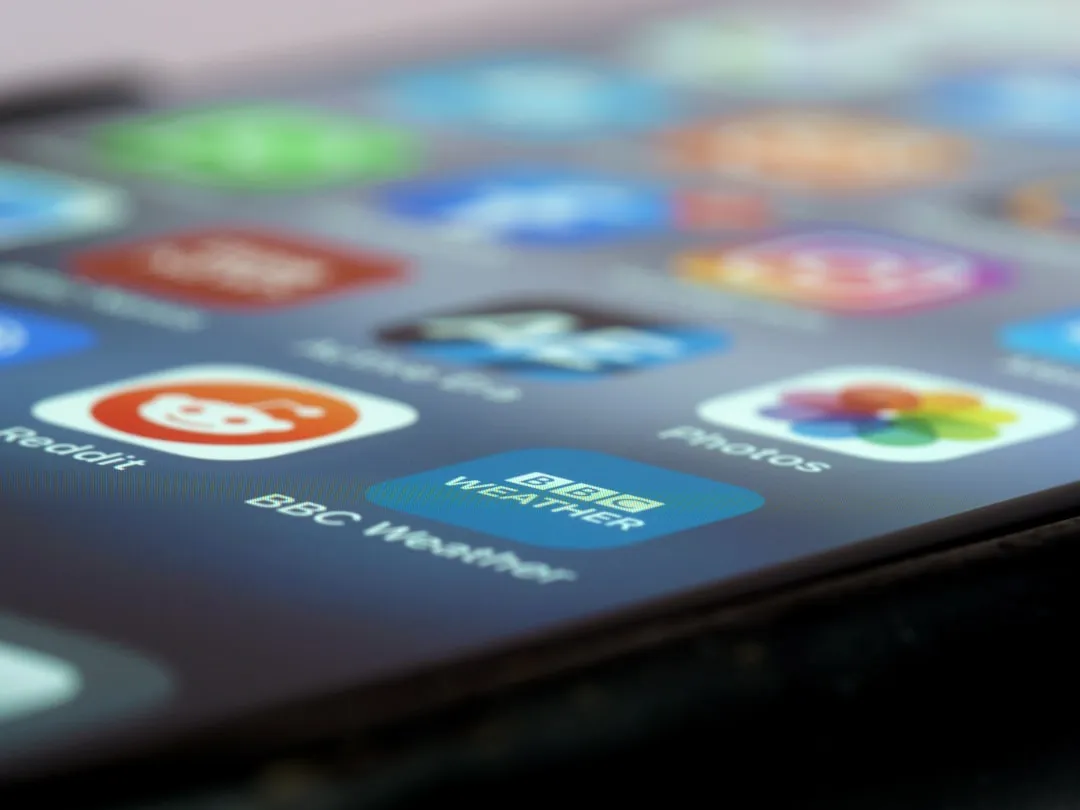
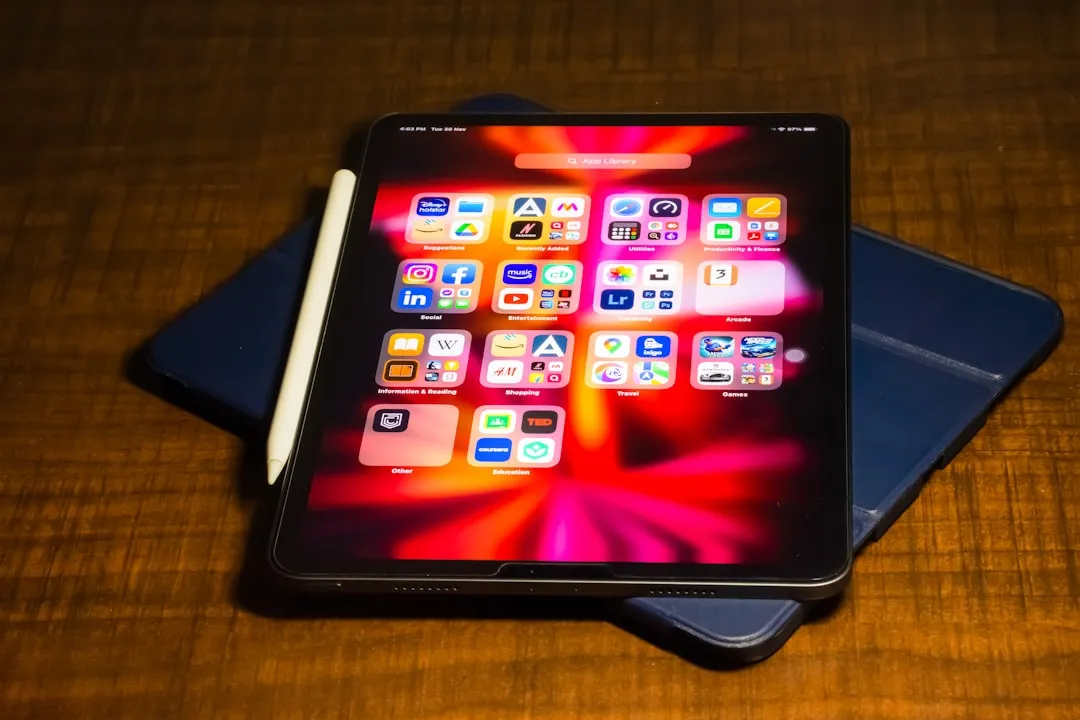
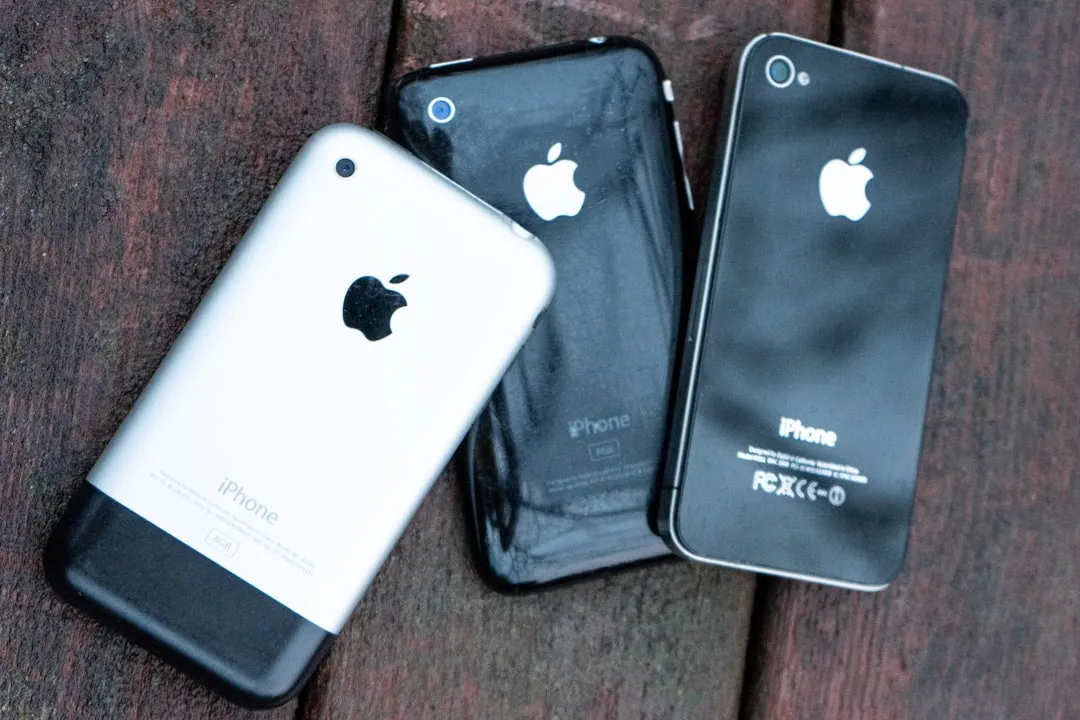
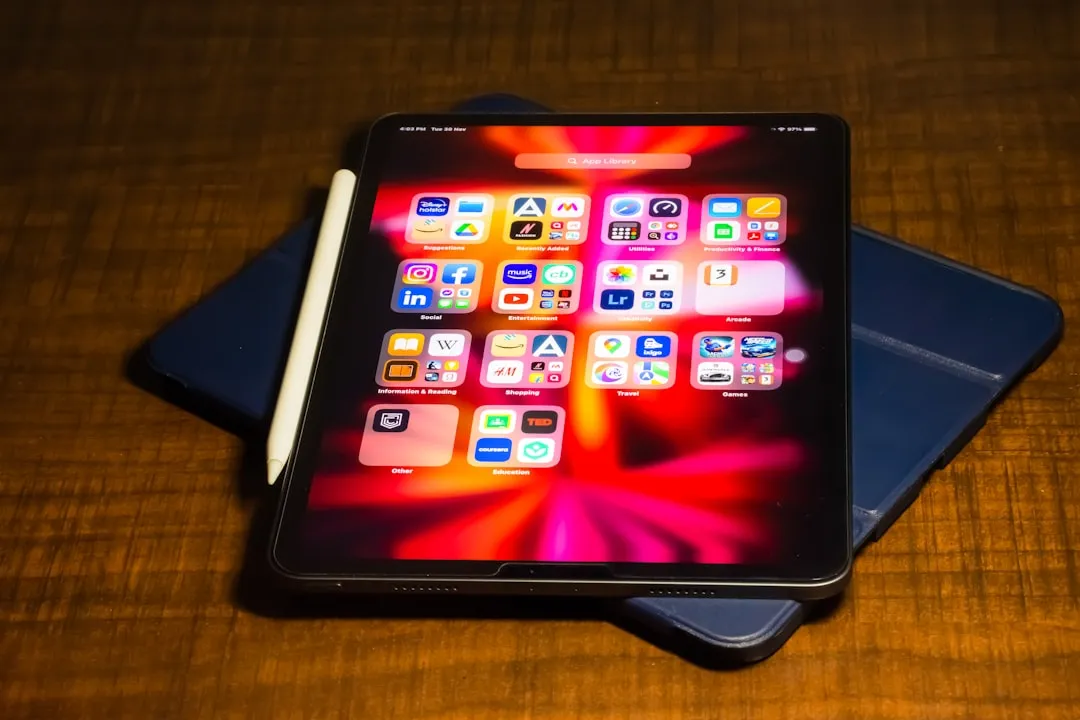

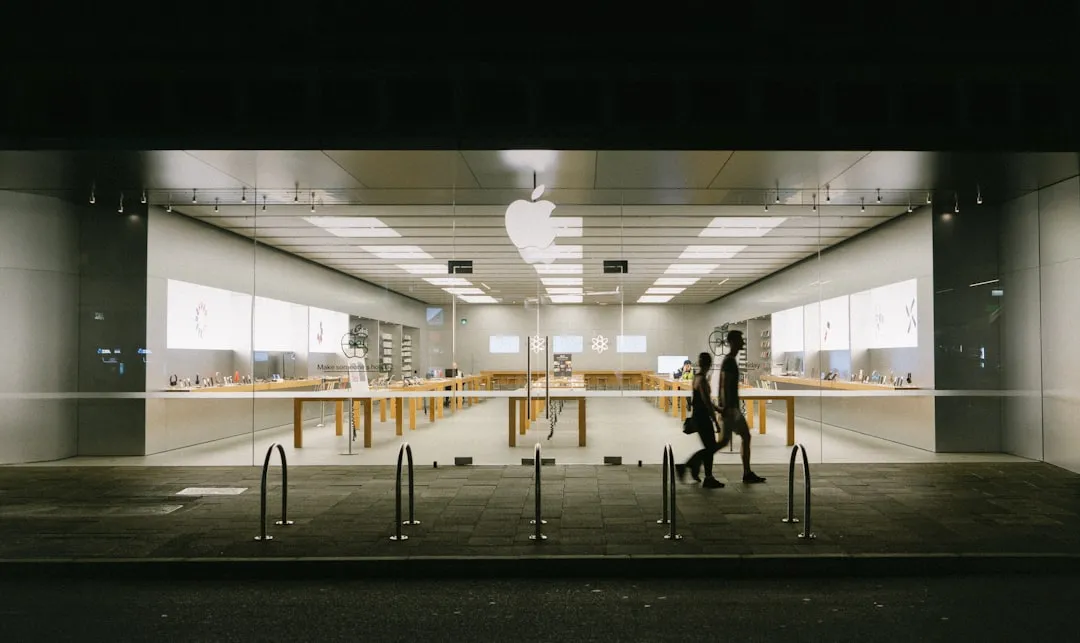
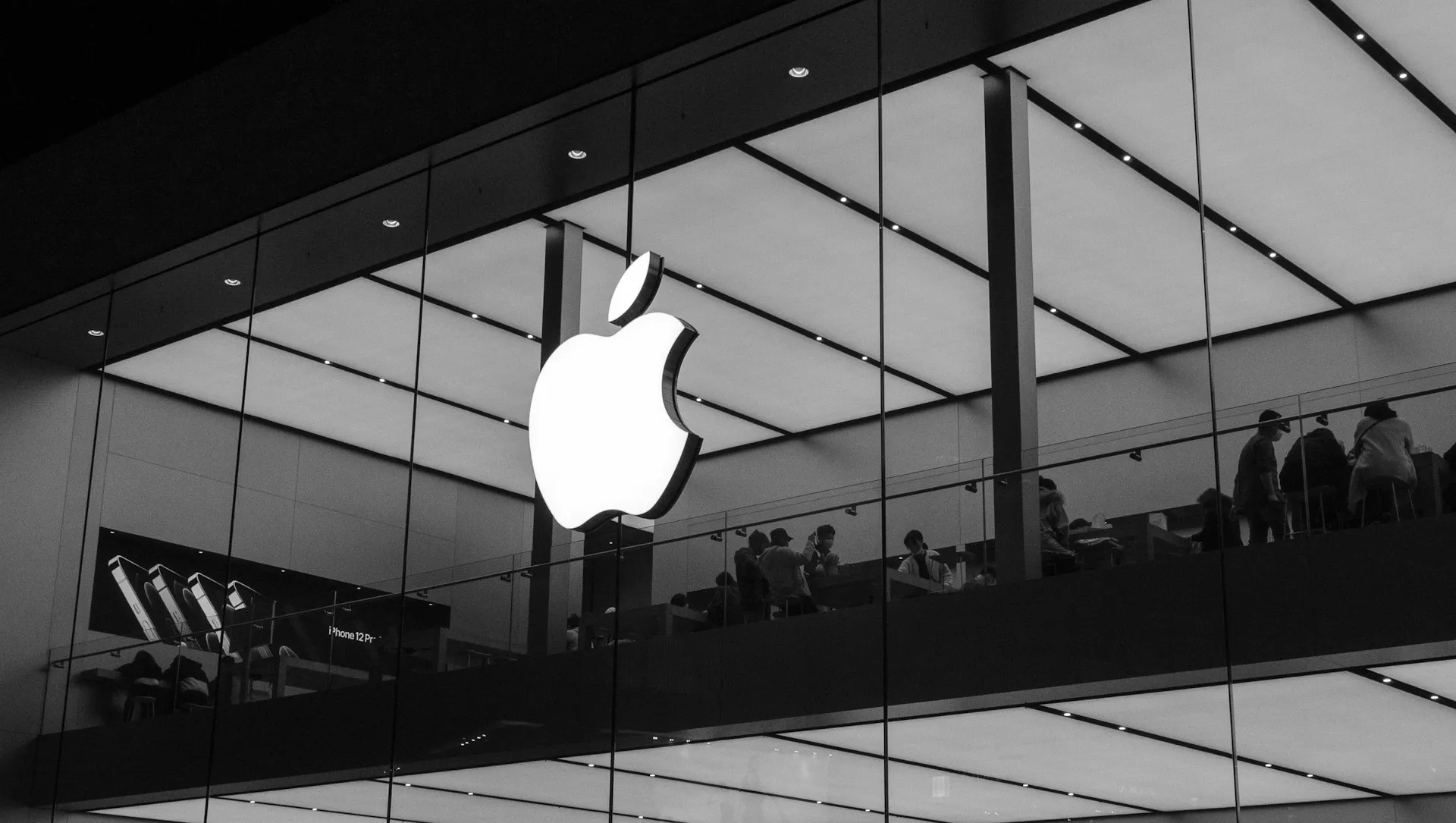
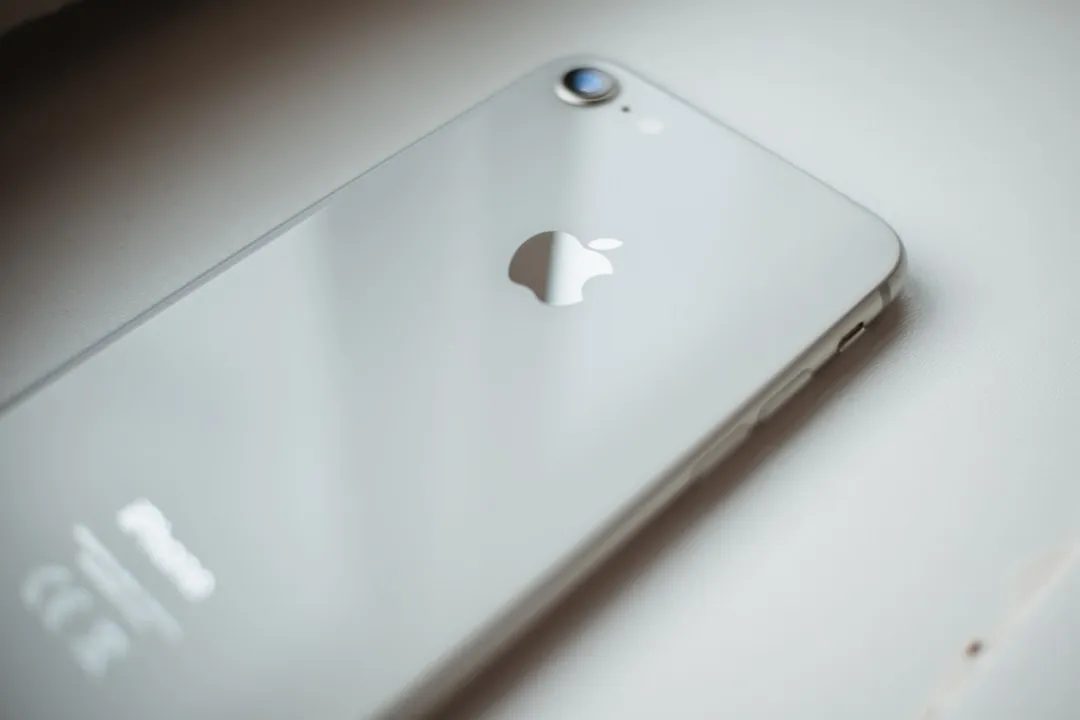
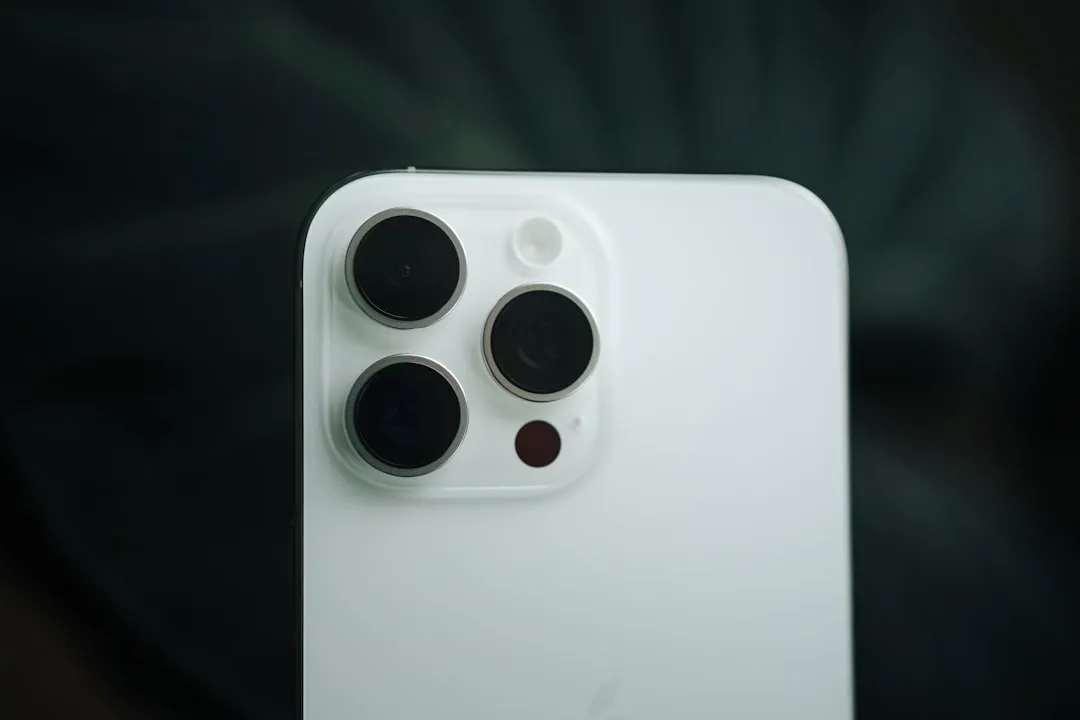
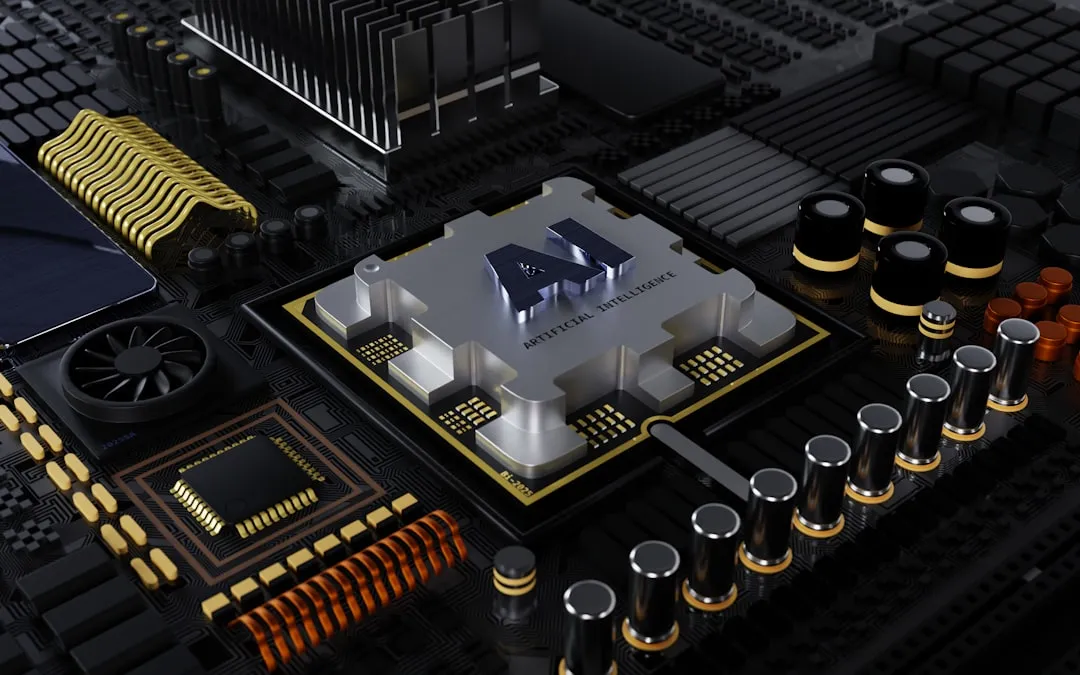
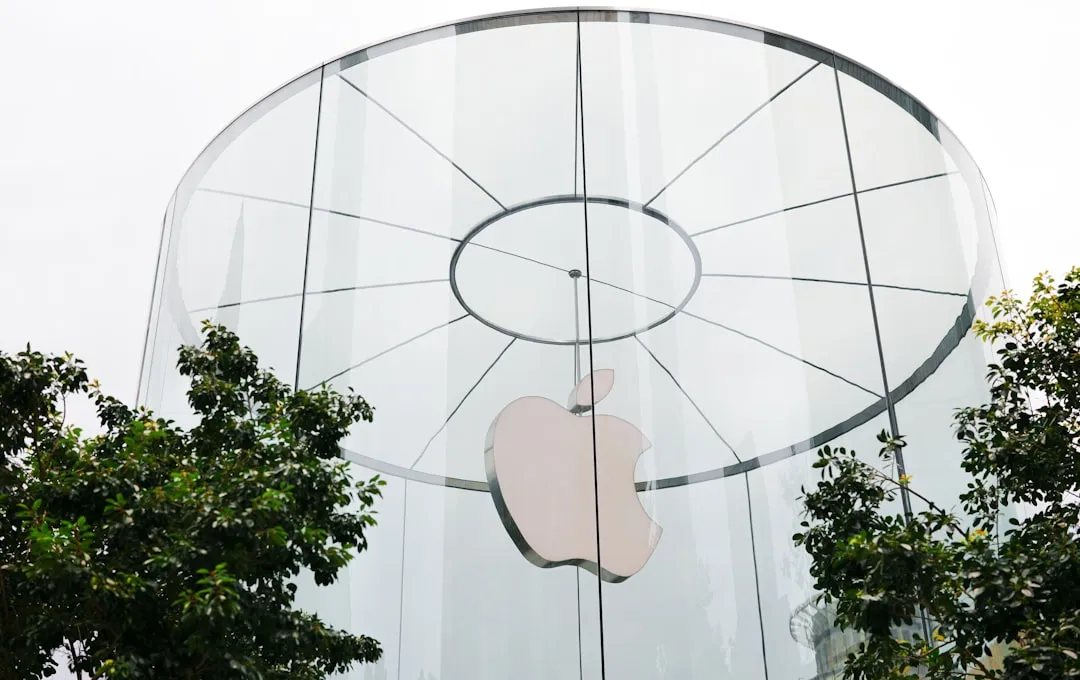

Comments
Be the first, drop a comment!